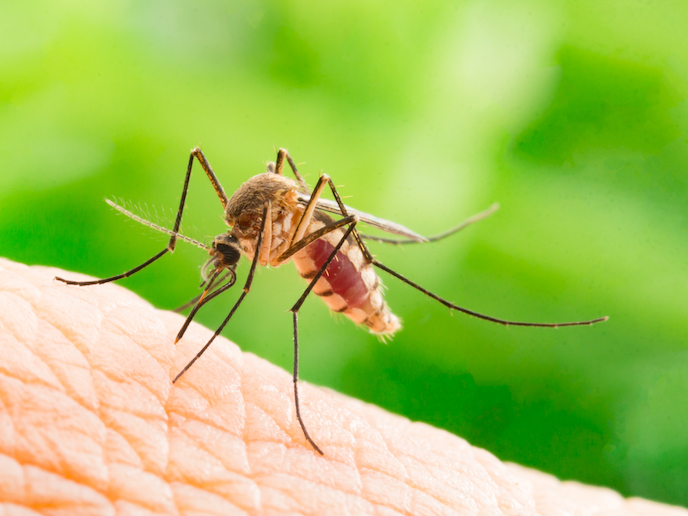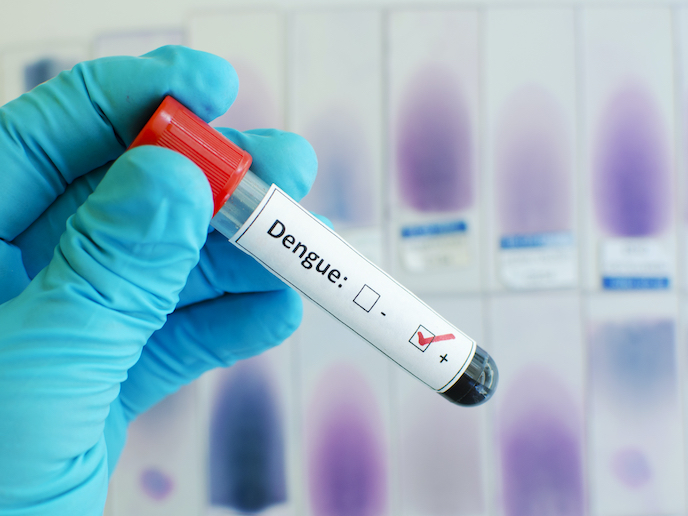A new approach to stopping malaria
Malaria, the sometimes fatal and always serious disease spread via mosquitos, is a major public health issue, particularly in developing countries. “There is an urgent need to develop new therapies to treat this stubbornly persistent disease,” says Matthias Marti(opens in new window), a professor at the Wellcome Centre for Integrative Parasitology(opens in new window), part of the University of Glasgow’s(opens in new window) School of Infection and Immunity(opens in new window). According to Marti, developing new therapies starts with a game of hide-and-seek. “Plasmodium falciparum, the deadliest of human malaria parasites, is very good at hiding out in various tissue niches,” he explains. “A way of stopping the disease from spreading is to attack the parasite either on its way to this hiding place or in the hiding place itself.” One of those hiding places is bone marrow. In malaria, clinical symptoms are associated with the parasite stage that resides in human red blood cells. This stage is formed in the bone marrow, from where it is released into circulation. “Not only is the extravascular niche of bone marrow a favourite hiding place for Plasmodium parasites to replicate, it also serves as a staging ground of sorts, where the transmission stages mature before being released into circulation and eventually picked up by a mosquito and transferred to another host,” adds Marti. This discovery, which Marti played a key role in back in 2014, opened the door to a host of new questions. “What makes bone marrow so attractive to this parasite and how is it able to go undetected by the immune system?” he asks. Answering these questions is the EU-funded BoneMalar project.
Stopping the parasite in its tracks
During BoneMalar’s work, which received support from the European Research Council(opens in new window), Marti discovered that the parasite uses the major red blood cell reservoir in the bone marrow to replicate and increase in number during infection and to produce transmission stages. The research team confirmed this finding using a mouse model. “We successfully captured live transmission stages while they were travelling from the extravascular niche into the blood circulation,” notes Marti. “If we can block this transmigration process, it may be possible to stop the parasite in its tracks and block transmission.” Using the same mouse model, the project also performed the first investigation of parasite behaviour across organs at the single cell level.
A new paradigm in malaria research
The BoneMalar project has created a new paradigm in malaria research, one that establishes bone marrow as parasite headquarters during human infection. As a result, novel intervention strategies targeting bone marrow infection could be used to block both parasite replication and transmission from humans to mosquitos. “If we can stop the parasite before it gets to the bone marrow, or at the very least trap it once there, we may be able to shut down the transmission cycle and reduce the parasite burden,” says Marti. “Doing so would be an important step forward in developing more effective antimalarial drugs, new diagnostic markers, and possibly even a vaccine.” Marti’s lab has secured two new grants that will be used to further study the transmission cycle and how it could serve as a gateway to finally eradicating the disease.







